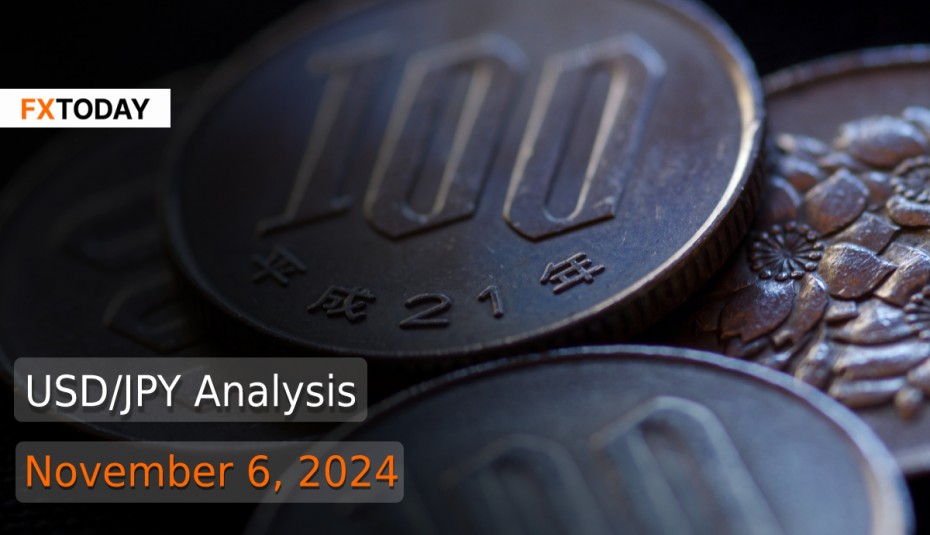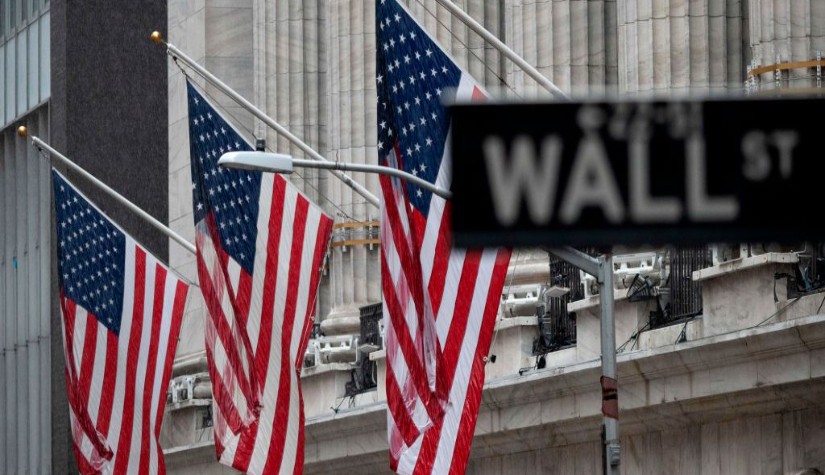BOJ Eyes Rate Hikes by January Amid Political Shifts and Economic Uncertainty
Former BOJ board member Makoto Sakurai anticipates the Bank of Japan may begin raising interest rates as soon as January, with the timing likely influenced by political and market dynamics. Sakurai expects the BOJ to gradually increase short-term rates from the current 0.25%, aiming for a target between 1.5% and 2% by the end of Governor Kazuo Ueda’s term in April 2028. While an accelerated yen decline could prompt an earlier hike in December, the BOJ will likely review wage and consumption data before acting.
Meanwhile, political shifts in Japan, including the ruling coalition's recent loss of a parliamentary majority, add further uncertainty to the BOJ's approach. Former BOJ board member Takahide Kiuchi suggests that, barring intense currency pressures, the BOJ may hold rates steady until early next year.
The head of the Democratic Party for the People (DPP), Yuichiro Tamaki, urged the BOJ to delay rate hikes until sustained wage growth surpasses inflation. He emphasized monitoring next year’s wage negotiations and advocated for steady monetary policy to prevent destabilizing the yen. This aligns with the IMF's advice for Japan to limit new debt and fund spending within its budget as the BOJ moves toward rate normalization. The BOJ’s September minutes indicate a consensus on cautious rate increases, with focus on global risks.
Amid high inflation and labor shortages, Prime Minister Shigeru Ishiba's administration has proposed raising the minimum wage by 42% by the decade’s end, though businesses, particularly small firms, resist this push. The administration has also proposed a significant fiscal package to support households facing rising costs.
The government recently revised its GDP forecast for the current fiscal year down to 0.7% from 0.9%, citing weaker exports and subdued domestic consumption. The next fiscal year's growth forecast remains at 1.2%. Contributing factors include higher prices impacting household spending and a reduction in capital expenditure, particularly in manufacturing. External pressures, such as global demand declines and natural disasters, have also weakened economic performance.
Both the service and manufacturing sectors showed signs of contraction in October. The service PMI fell to 49.7, marking its first contraction since June, as weak sales and labor shortages weighed on confidence. Similarly, the manufacturing PMI remained in contraction territory, with sluggish domestic and global demand impacting performance. Elevated labor and raw material costs have pushed inflation higher, and the government’s reduced GDP growth projection underscores the economic strain.
The U.S. dollar rose on Wednesday as early exit polls in the tight presidential race suggested Republican Donald Trump had a lead. Analysts believe Trump’s trade and immigration policies could drive inflation, supporting the dollar.
U.S. services sector data released Tuesday indicated unexpected acceleration in October, with the ISM non-manufacturing PMI rising to 56.0, a high not seen since August 2022, signaling a strengthening economy ahead of the election.
On Election Day, the dollar initially fell as Americans voted, with market outcomes likely to influence its short-term direction. Analysts predict that Trump’s policies—tax cuts, deregulation, and tariffs—could boost growth, lift longer-term Treasury yields, and support the dollar. A Democratic win, however, might lower the dollar due to potential economic impacts of increased taxes and regulations.
Data for Technical Analysis (1H) CFD USD/JPY
Resistance : 154.15, 154.43, 154.90
Support : 153.21, 152.93, 152.46
1H Outlook
Source: TradingView
Buy/Long 1 If the support at the price range 152.71 – 153.21 is touched, but the support at 153.21 cannot be broken, the TP may be set around 154.48 and the SL around 152.46, or up to the risk appetite.
Buy/Long 2 If the resistance can be broken at the price range of 154.15 – 154.65, TP may be set around 155.70 and SL around 152.96, or up to the risk appetite.
Sell/Short 1 If the resistance at the price range 154.15 – 154.65 is touched, but the resistance at 154.15 cannot be broken, the TP may be set around 153.21 and the SL around 154.90, or up to the risk appetite.
Sell/Short 2 If the support can be broken at the price range of 152.71 – 153.21, TP may be set around 152.04 and SL around 154.40, or up to the risk appetite.
Pivot Points Nov 6, 2024 03:34AM GMT
|
Name
|
S3
|
S2
|
S1
|
Pivot Points
|
R1
|
R2
|
R3
|
|---|---|---|---|---|---|---|---|
| Classic | 152.04 | 152.46 | 153.26 | 153.68 | 154.48 | 154.9 | 155.7 |
| Fibonacci | 152.46 | 152.93 | 153.21 | 153.68 | 154.15 | 154.43 | 154.9 |
| Camarilla | 153.73 | 153.84 | 153.95 | 153.68 | 154.18 | 154.29 | 154.4 |
| Woodie's | 152.24 | 152.56 | 153.46 | 153.78 | 154.68 | 155 | 155.9 |
| DeMark's | - | - | 153.47 | 153.79 | 154.69 | - | - |
Sources: Investing 1, Investing 2
















